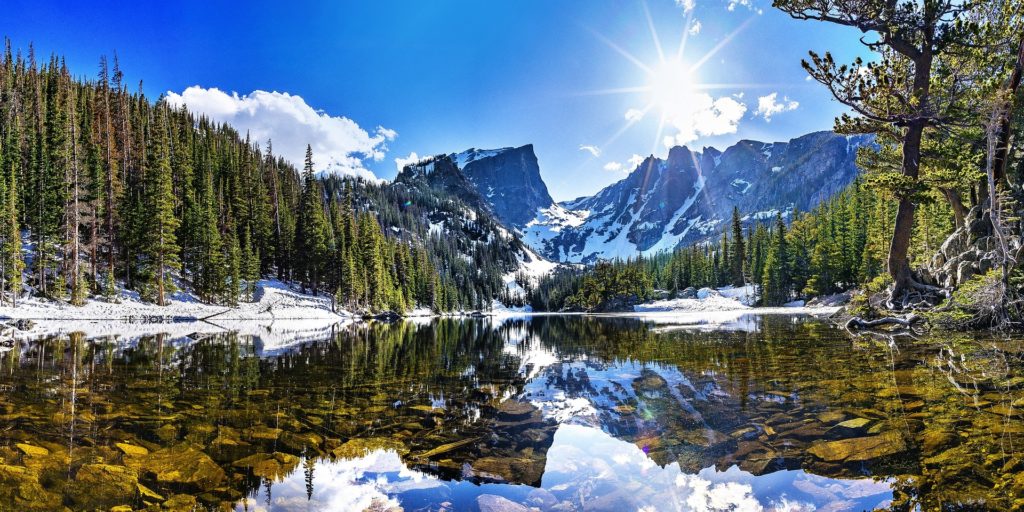
9 Things to Know Before Visiting Rocky Mountain National Park
- Jennifer Melroy
- Last Modified April 21, 2021
- First Published on July 15, 2018


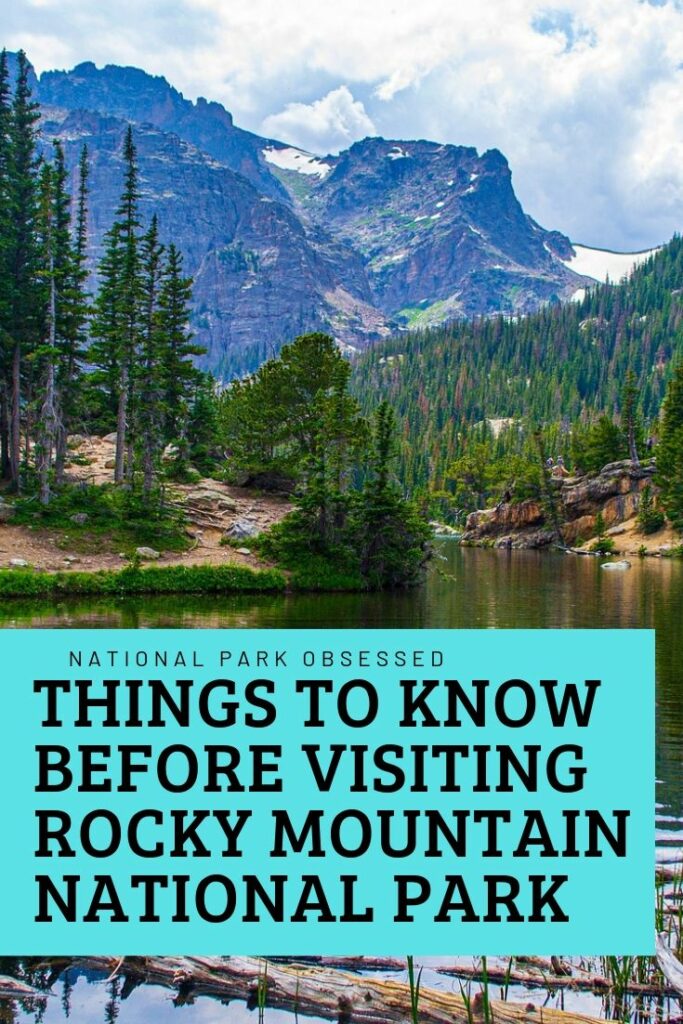
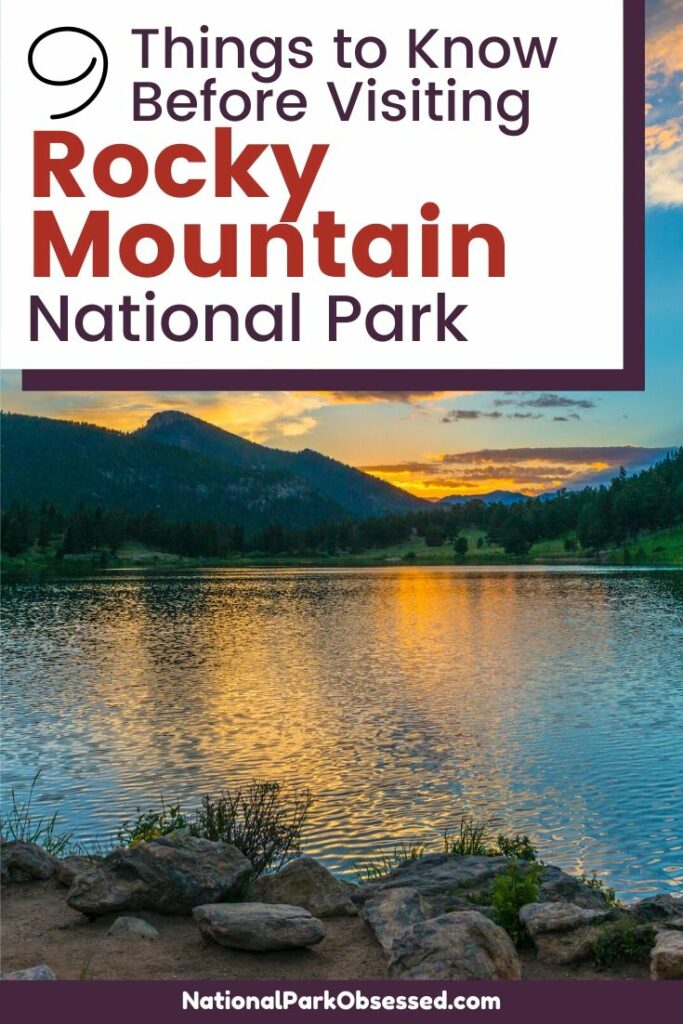
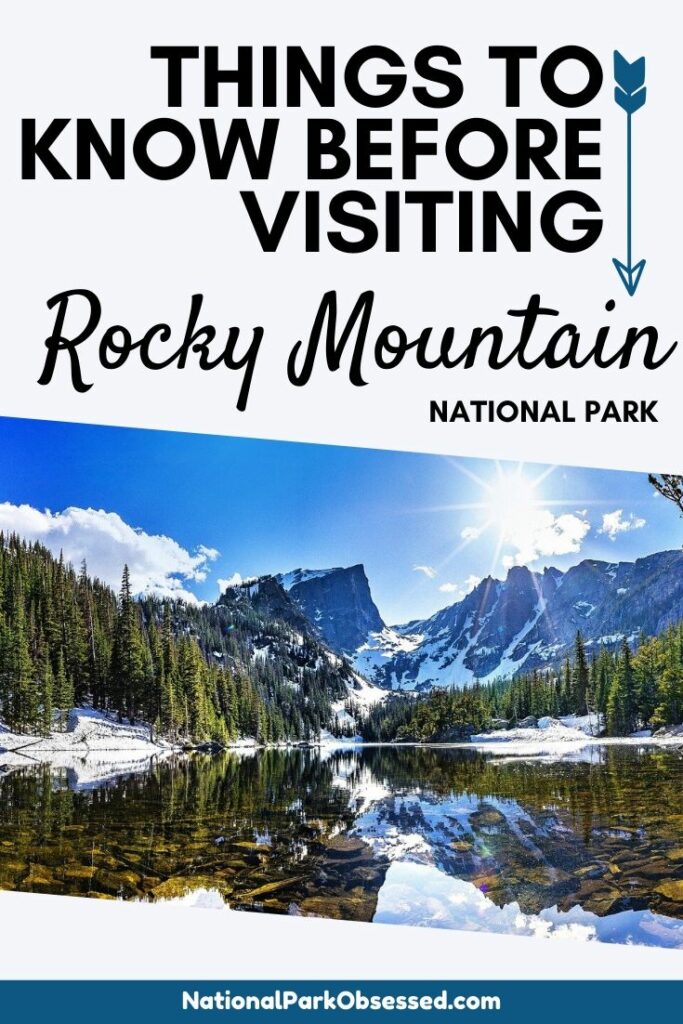
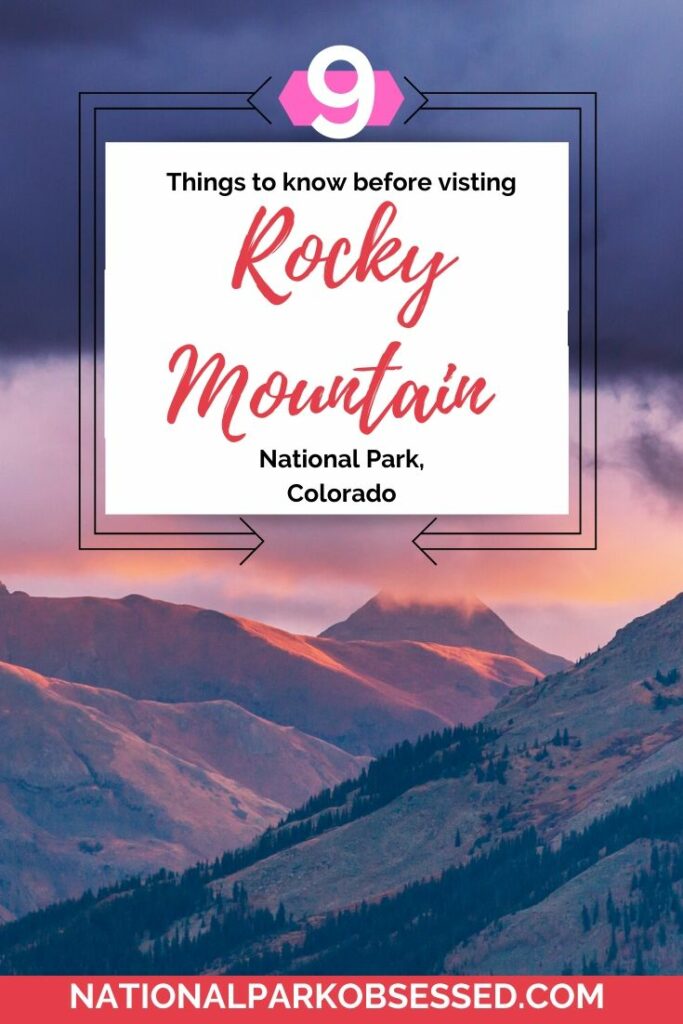

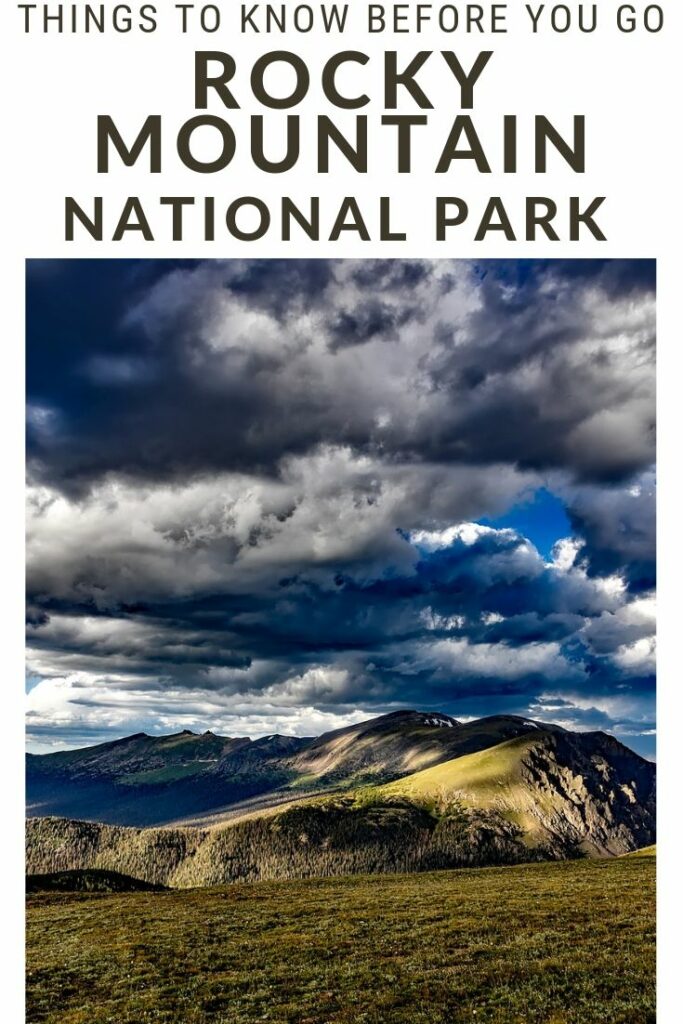
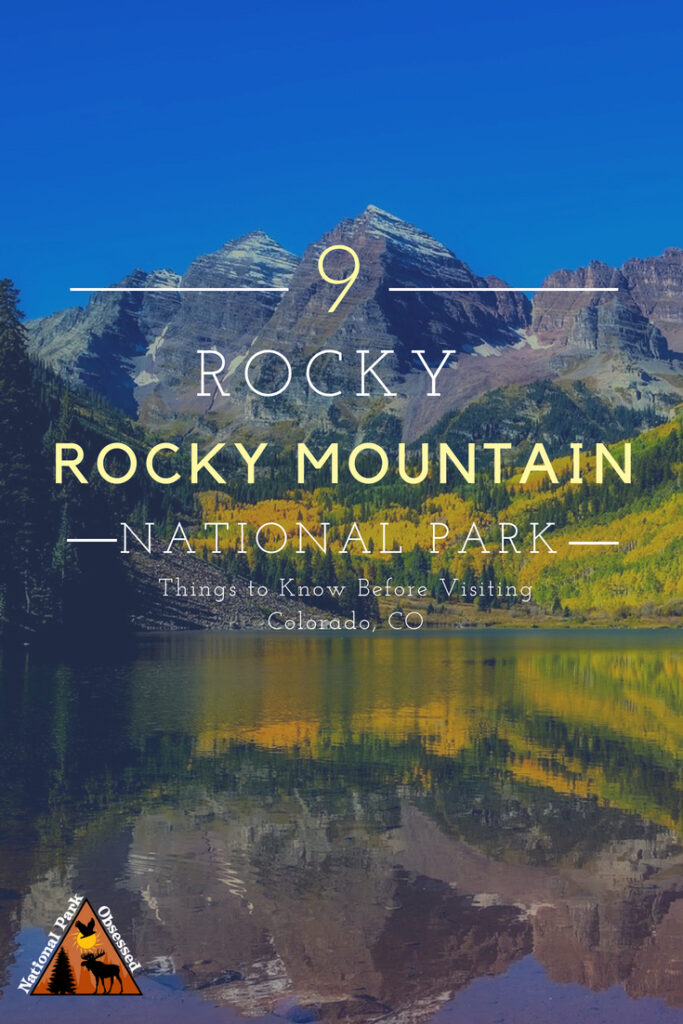
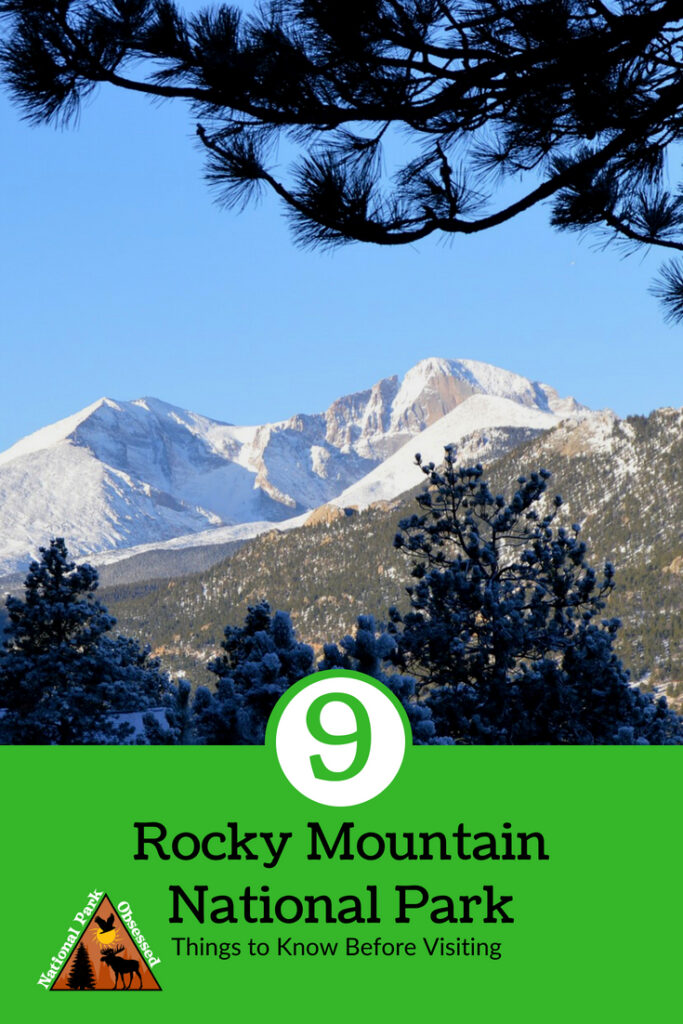
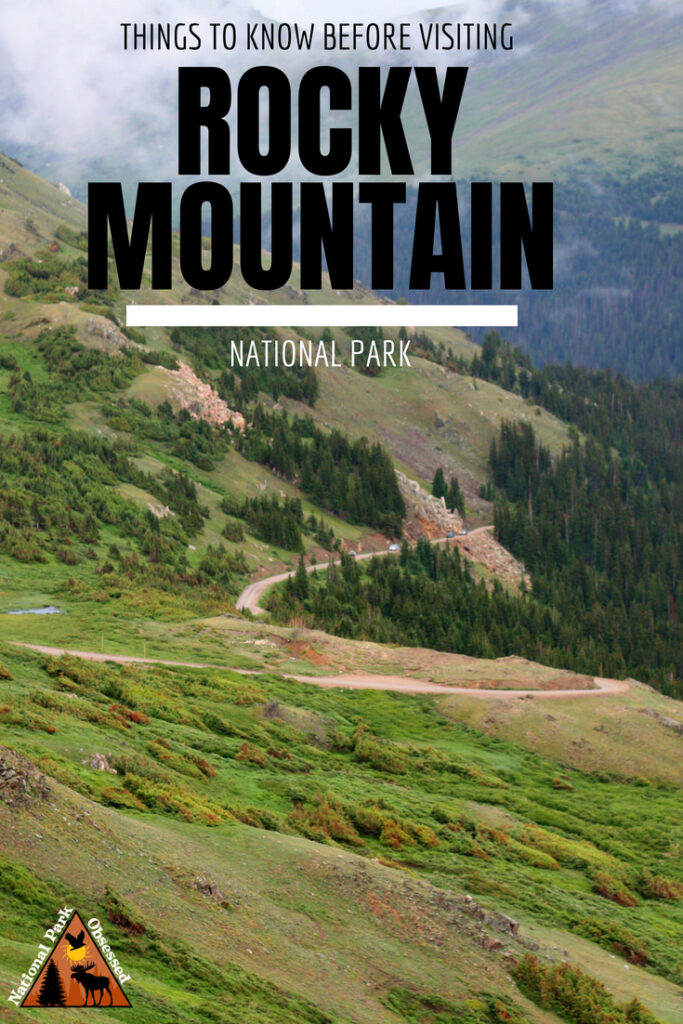
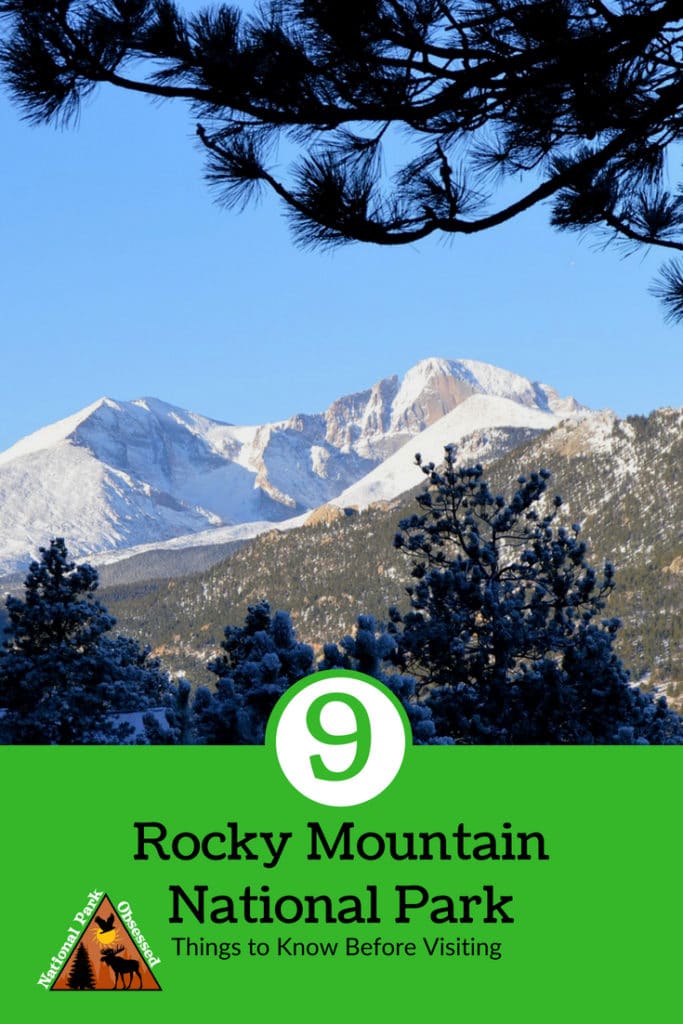
This post may contain affiliate links, meaning if you book or buy something through one of these links, I may earn a small commission at no extra cost to you! Read the full disclosure policy here
Rocky Mountain National Park is a gem of a national park. The park is a short drive from Denver, Colorado. Much of the park is located above the tree line, yet this popular park attracts millions of visitors a year. Here are 9 things to know before visiting Rocky Mountain National Park.
Help support this site by purchasing one of our National Park Shirts, Poster, and other gear. Every purchase includes a donation to the national parks and helps keep National Park Obsessed’s website free to use and producing more national park guides.
Looking for more help planning your next adventure? Join the National Park Obsessed Facebook Group here to connect other national park lovers, trade advice, or see inspiring photos of the National Parks?
Things to Know Before Visiting Rocky Mountain National Park and Preserve
Three distinct ecosystems
Rocky Moutain National park has three distinct ecosystems. Each one is defined by elevation. The Montane ecosystem covers the lower elevations of the park from 5,600 to 9,500 feet. Montane covers the mountain meadows, Douglas-fir, and Ponderosa and Lodgepole pine forests. This ecosystem is generally warmer than the other two.
Somewhere between 9,000-9,500 ft the montane ecosystem gives way to the subalpine ecosystem. The subalpine runs until about 11,000 ft. This ecosystem is dominated by the hardy limber pine trees, subalpine fir & Engelmann spruce. The trees grow around rocky outcroppings along with a dense layer of undergrowth This area experiences short cool summers and long cold winters. It snows early and stays late.
The tree line is found around 11,000 ft. This is the point beyond which trees do not grow. This line marks the start of the alpine tundra ecosystem. At this elevation, the temperature is often 20 degrees cooler than in the montane ecosystem. Most of the plants that live in the alpine tundra are slow-growing small plants. They have a short growing season in which these perennials grow and reproduce slowly. These plants have a large root system that allows them to conserve water and stay warm. They are low to the ground to avoid the brutal winds.
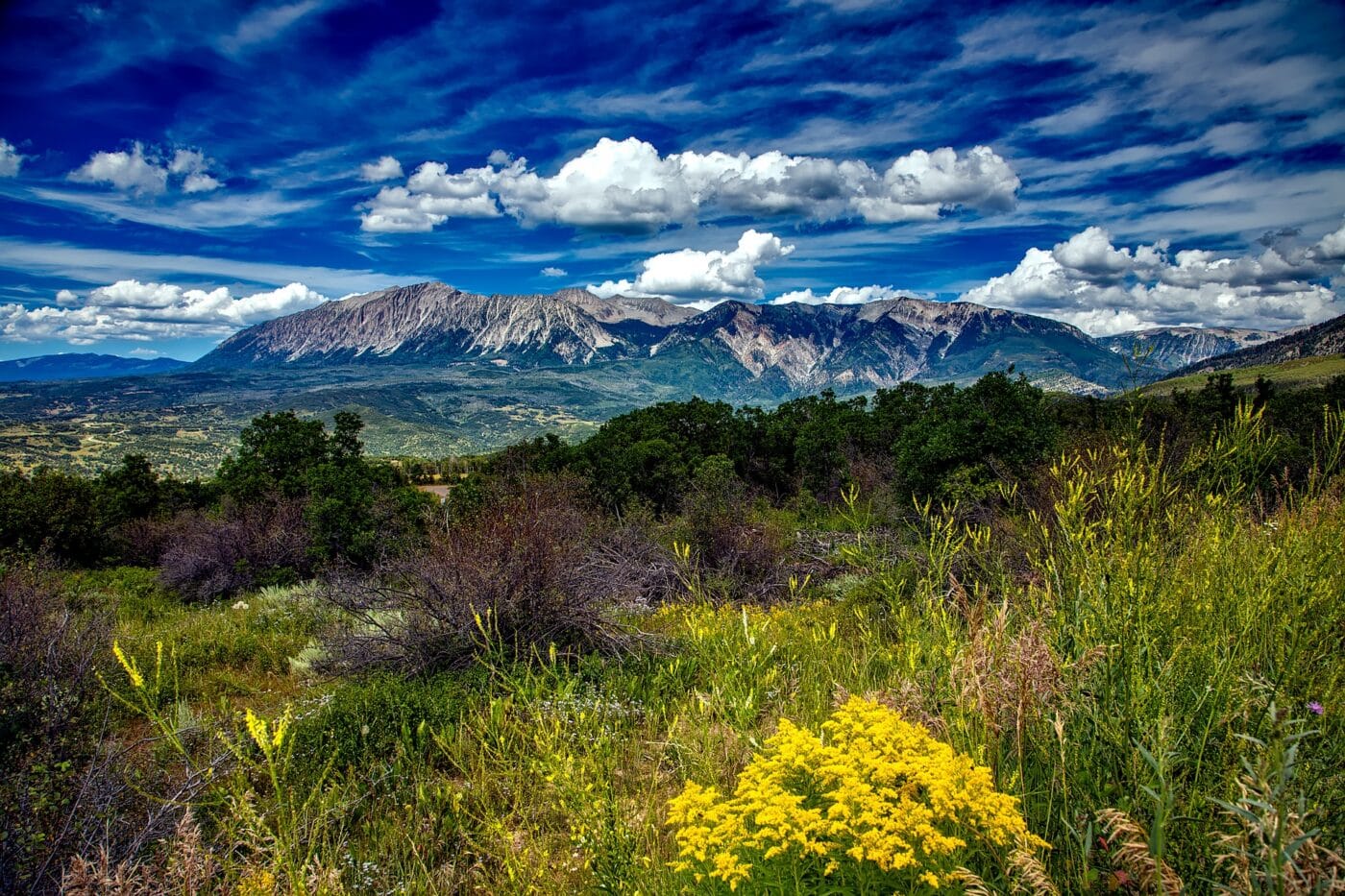
Visit the highest continually paved road
Trail Ridge Road is highest continually paved road in the United States. Eleven miles of this highway is above 11,500 feet in elevation. The highest point on the road is 12,183 feet. The road gains 4,000 feet of elevation from ends at Estes Park and Grand Lake. Much of the drive is above the tree line in the alpine tundra. If you have traveled to the Arctic, the landscape along the “Highway to the Sky” is very similar.
Take your time and enjoy the drive along an All American Road.
Old Fall Road is the first road over the Rockies
Old Fall Road was the first automobile road across the Rocky Mountains. Before 1920, there was wasn’t a route for the automobiles to drive across the Rockies.
The road was built using an old footpath that dates back to the early Native American hunters. The road is an 11-miles long full of switchbacks leading to Horseshoe and Willow Park. The road was built using convict labor and made only using hand tools.
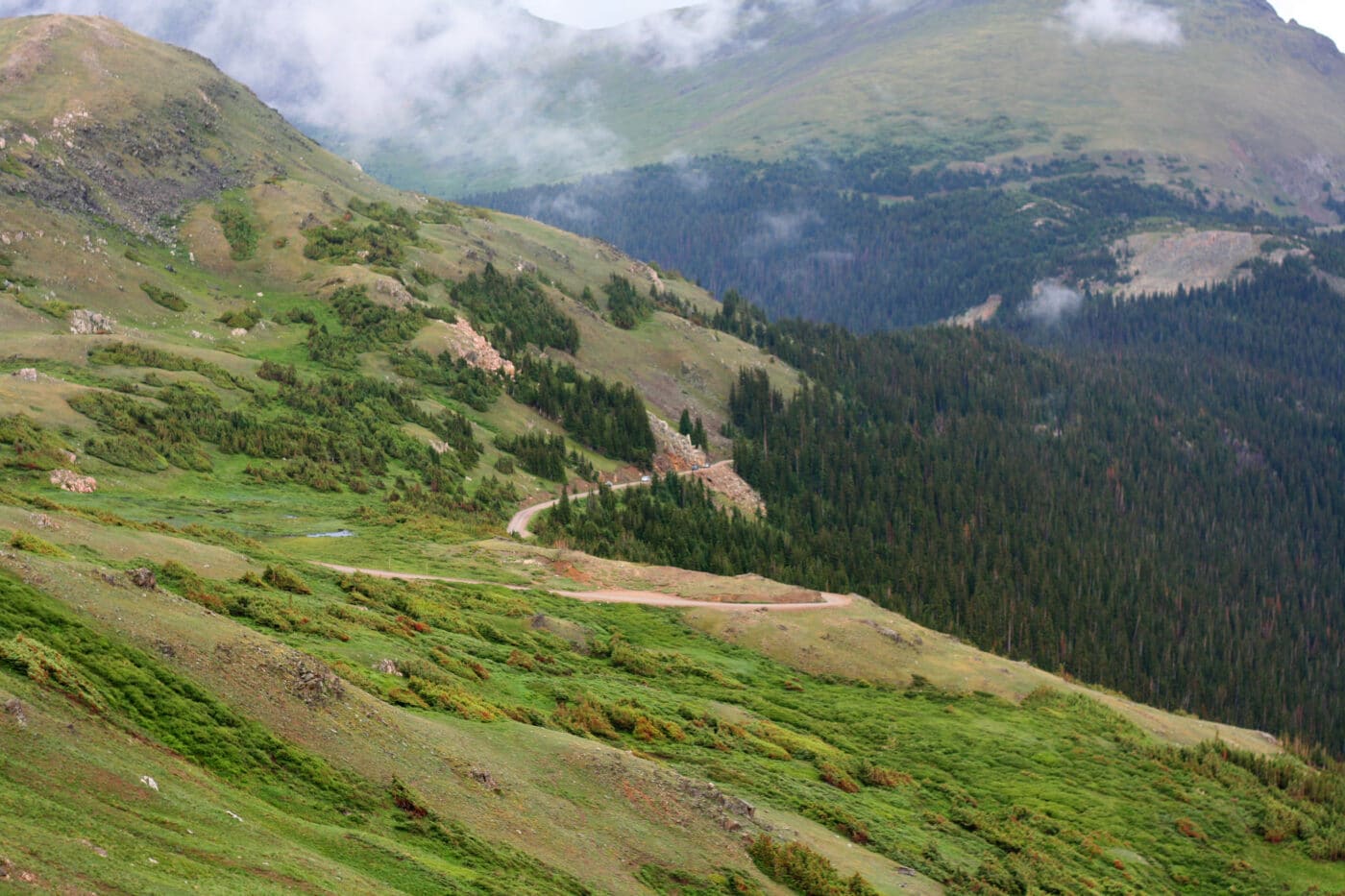
There are glaciers in the park
Much of Rocky Mountain National’s Park landscape is the result ancient glaciers. Today, Rocky Moutain National Park isn’t a place one associated with glaciers. Yet, the park is home to roughly 30 glaciers.
Almost all of the glaciers in the park are cirque glaciers. Cirque glaciers a small bowl-shaped glacier at the start of a valley. They are usually the remnants of a valley glacier. Due to changing conditions in Rocky Mountain National Park, the glaciers are shrinking. Every summer, the glaciers start to melt and recent winters have not provided enough snow to replace the melted ice.

The park is ancient
Rocky Mountain National Park is ancient. The oldest rocks in the park are estimated to be 1.8 billion years old. These rocks were formed as sea sediments. Over time the park was lifted up and submerged until the mountains we know today formed.
About 70 million years ago (the same time frame as the Grand Canyon started forming), the final uplift of the Rocky Mountains began. After the mountains were pushed up glaciers started to form and they carved the mountains and valleys.
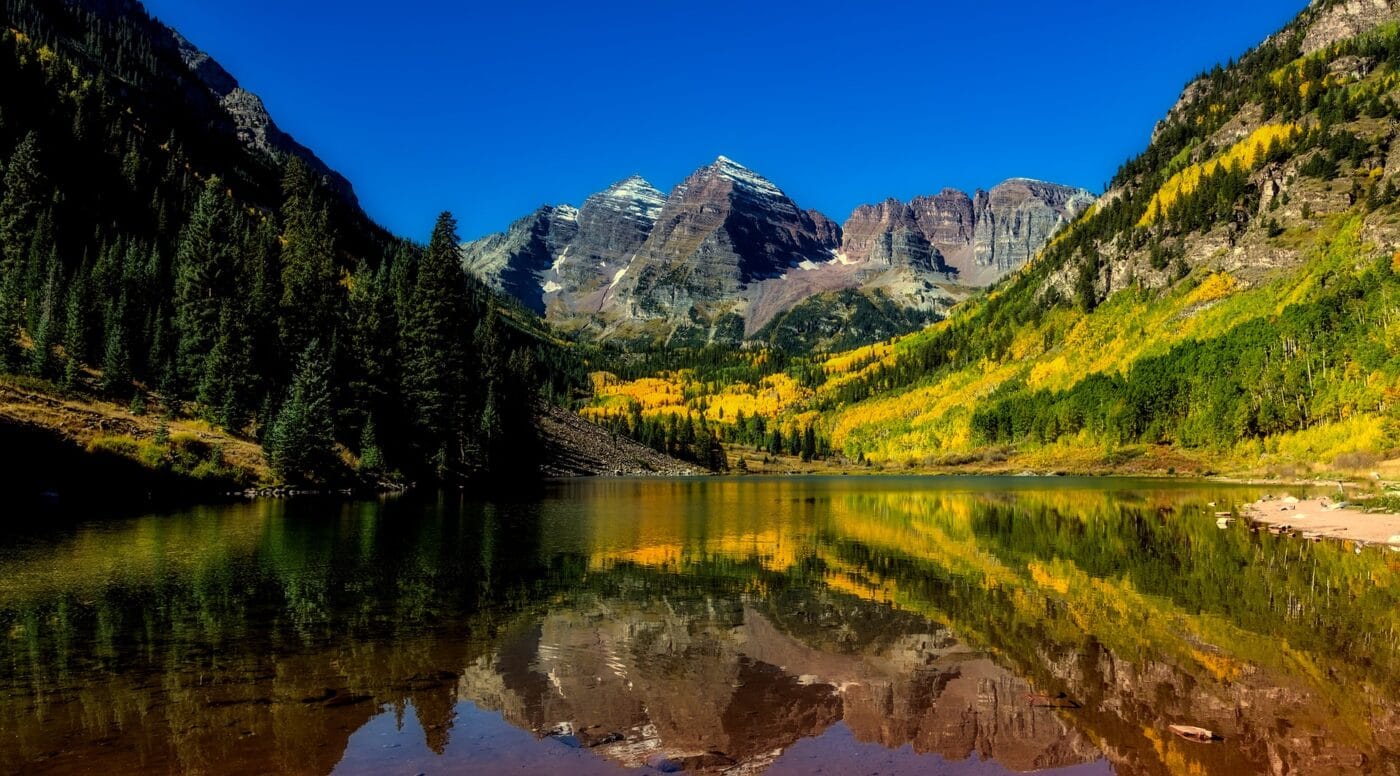
The Continental Divide runs thru the park
The Continental Divide is the hydrological divide. It separates where the water drains. Any water falling east of the continental divide ends up in the Atlantic Ocean. To the west, it ends up in the Pacific Ocean.
In Rocky Mountain National Park, the Continental Divide runs northwest to southeast towards the center of the park. This line separates the east and west sections of the park. The western side of the park gets more snow and more clear cold days during the winter.
It is the highest park
The lowest point in Rocky Mountain National Park is the Big Thompson River at 7,630 ft. The highest point in the park is Long’s Peak at 14,259 ft. Across the park, Rocky Mountain has the highest average elevation of any park.
Only One of Colorado’s Fourteeners is in Park
There at 58 fourteen thousand foot mountains in Colorado. Yet, only one of these massive mountains is located in Rocky Mountain National Park. Longs Peak is 14,259 ft tall. She is 15th tallest mountain in Colorado.
Over 15,o00 people attempt to climb to the summit of Longs every year. Only about 47% will make it to the summit.
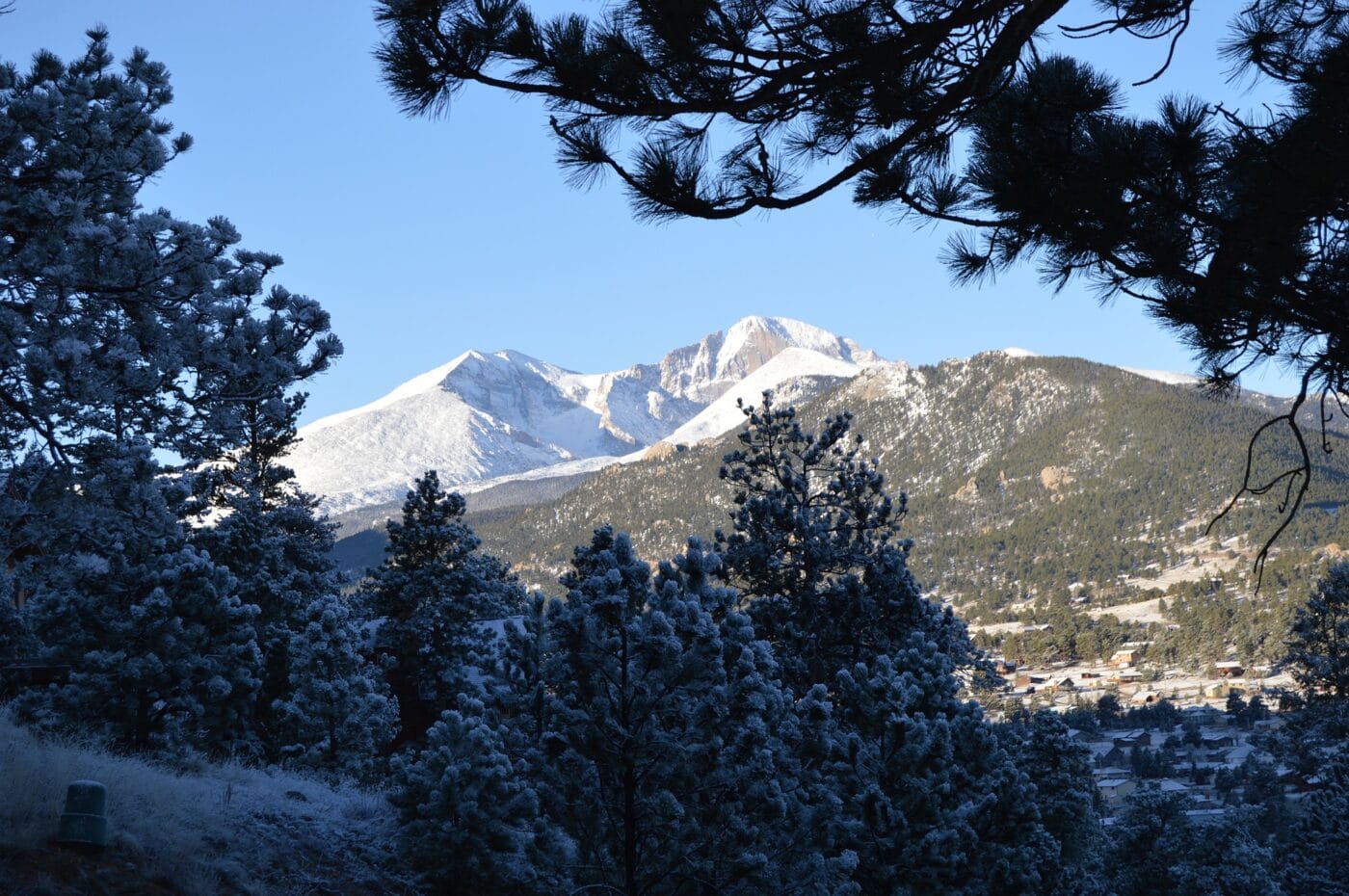
Rocky Mountain has its own “Big Five” wildlife
One of the highlights of Rocky Mountain is a chance to spot the Rocky Big Five. These are 5 of the largest animals in the park. They are Elk, Bighorn Sheep, Moose, Black Bear, and the Mountain Lion. Elk and Bighorn Sheep are the most common to see followed by Moose and Black Bear. The Mountain Lion is elusive and only a handful of people will be lucky enough to see them in Rocky Mountain National Park.
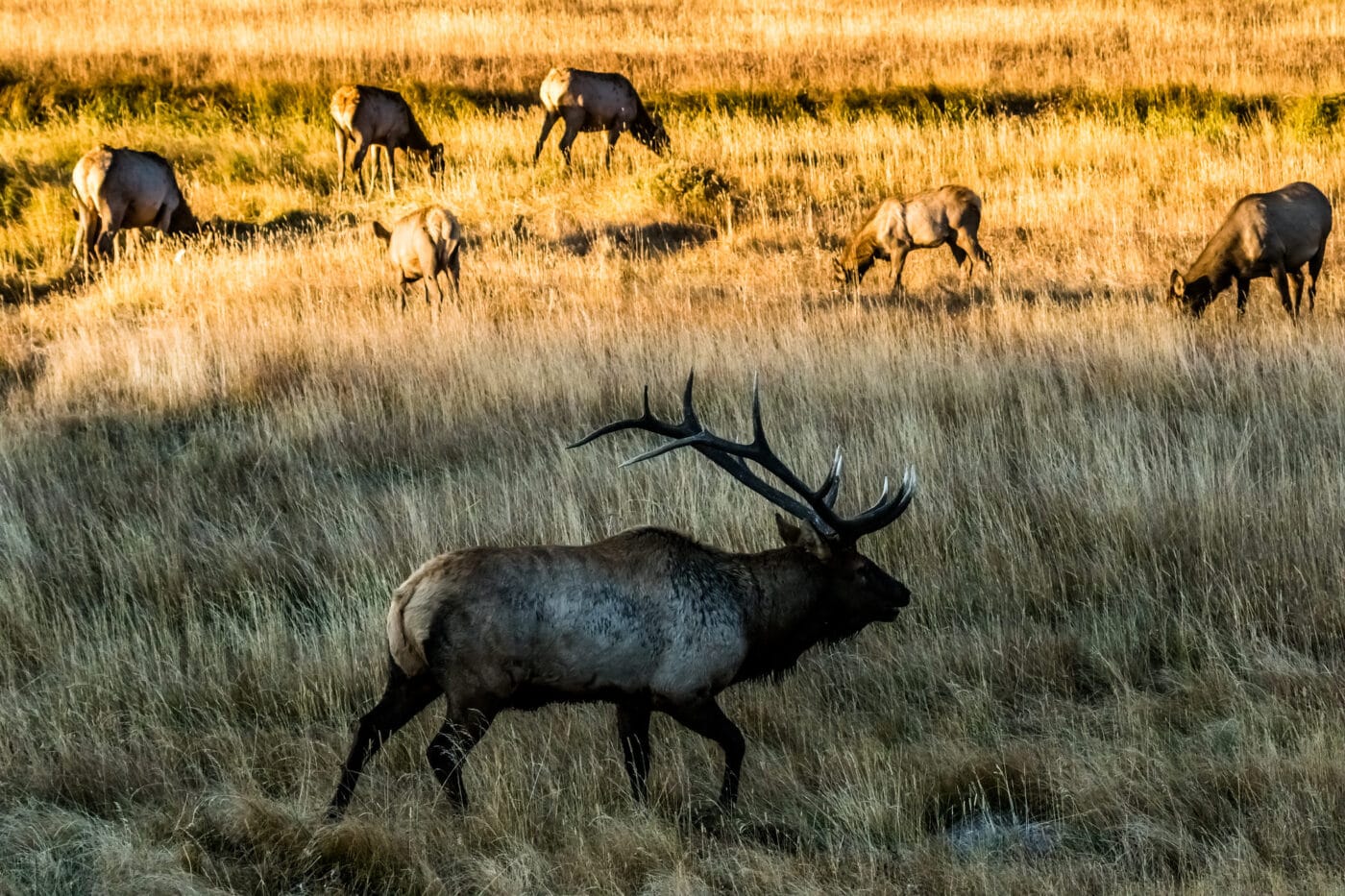
Do you have any things people should know before visiting Rocky Mountain National Park?
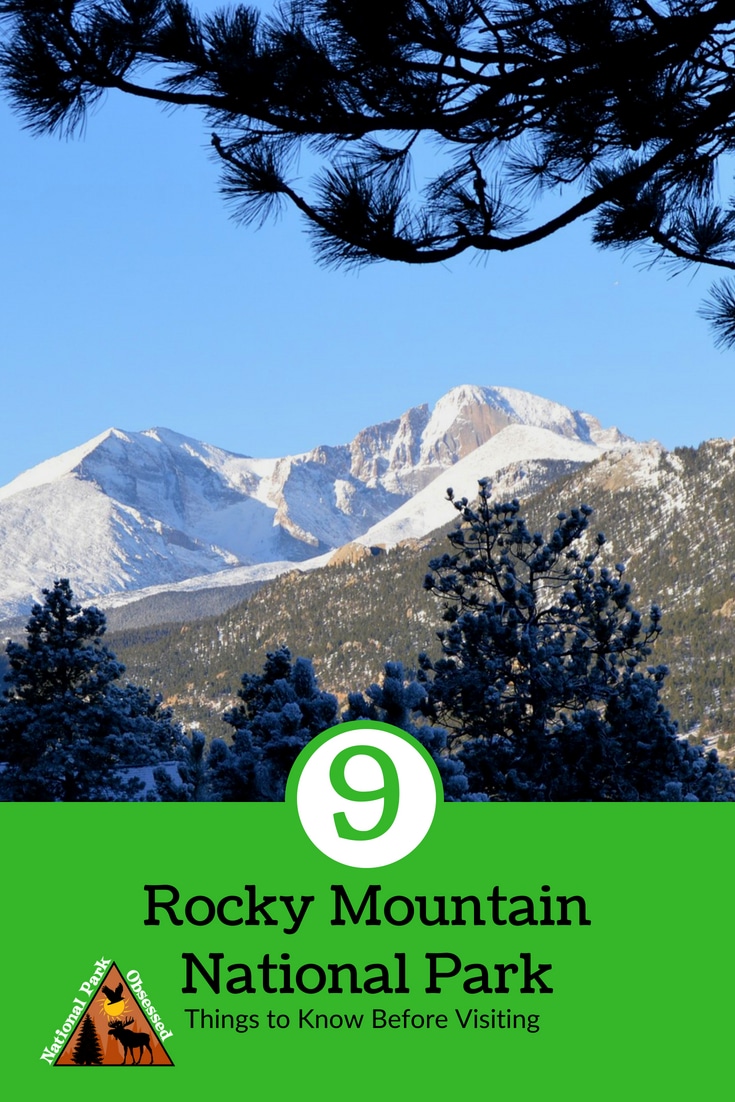
Jennifer Melroy
Hi, I'm Jennifer!

Welcome to the wonderful world of National Parks. I'm here to help you plan your NEXT amazing adventure through the United States National Parks and beyond. I want the national parks to be accessible to all.
I live in Tennessee, and when I'm home, you can find me hiking in the Smokies and the Cumberland Plateau.
58/63 National Parks
250+/423 National Park Units
Want to know more? Start Here.
ACKNOWLEDGEMENT OF LAND
On this site, we promote travel to the United States and beyond that are the traditional lands of Indigenous and First Nations peoples.
With respect, I make a formal land acknowledgment, extending my appreciation and respect to these lands’ past and present people.
To learn more about the people who call these lands home, I invite you to explore Native Land.
DISCLAIMER
National Park Obsessed assumes no responsibility or liability for any errors or omissions in the content of this site (NationalParkObsessed.com). The information contained in this site is provided with no guarantees of completeness, accuracy, usefulness or timeliness. You are encouraged to conduct your own due diligence before acting on the information provided on this site and should not rely on the opinions expressed here.
There is an inherent risk in all outdoor recreation activities, the reader assumes all responsibility for their own personal safety.
DISCLOSURE
We are a participant in the Amazon Services LLC Associates Program, an affiliate program designed to provide a means for us to earn fees by linking to Amazon.com and affiliated sites.
Privacy Policy • About Us • Contact
Select stock photography provided depositphotos
Copyright ©2023 National Park Obsessed, LLC
Last Updated on 21 Apr 2021 by Jennifer Melroy




14 Comments
Julie Boyd
This is a great resource for visiting the park! I went a few year ago, but in May there was still snow in the higher elevations, so we did not get to see everything we wanted to. Your pictures took me back and reminded me that I need to visit again soon!
Jennifer Melroy
Snow is like that. It stays around a lot longer than one would think.
Margie DQ
I’ve only been in the winter. What a great place to explore! So beautiful!
Jennifer Melroy
Winter is a great time to go. I love experiencing all four seasons.
Sharon
I just came across your website from FTB and I can’t wait to read more of your posts. The American National Parks are stunning and I can’t wait to visit more of them.
Jennifer Melroy
Thanks. I love exploring the parks.
Shannon
I would love to visit here! It looks incredibly picturesque and beautiful!
Jennifer Melroy
It is really amazing. You should start planning a trip.
Lucy Lee Frank
Ohhh I miss the rocky mountains. Thanks for sharing these interesting facts 🙂
Jennifer Melroy
I miss the mountains as well.
Mayuri
Thanks for sharing such an informative guide! Really great information to prepare ourselves before visiting The Rocky Mountain National park!
Jennifer Melroy
Can’t wait to see your photos from your visit to Rocky.
Mary Beth
These photos are amazeballs!!! All I needed to see was the first one and I was hooked. I dig our National parks, too, and now can’t wait to visit this one!
Jennifer Melroy
Yep the national parks are amazing places to visit.